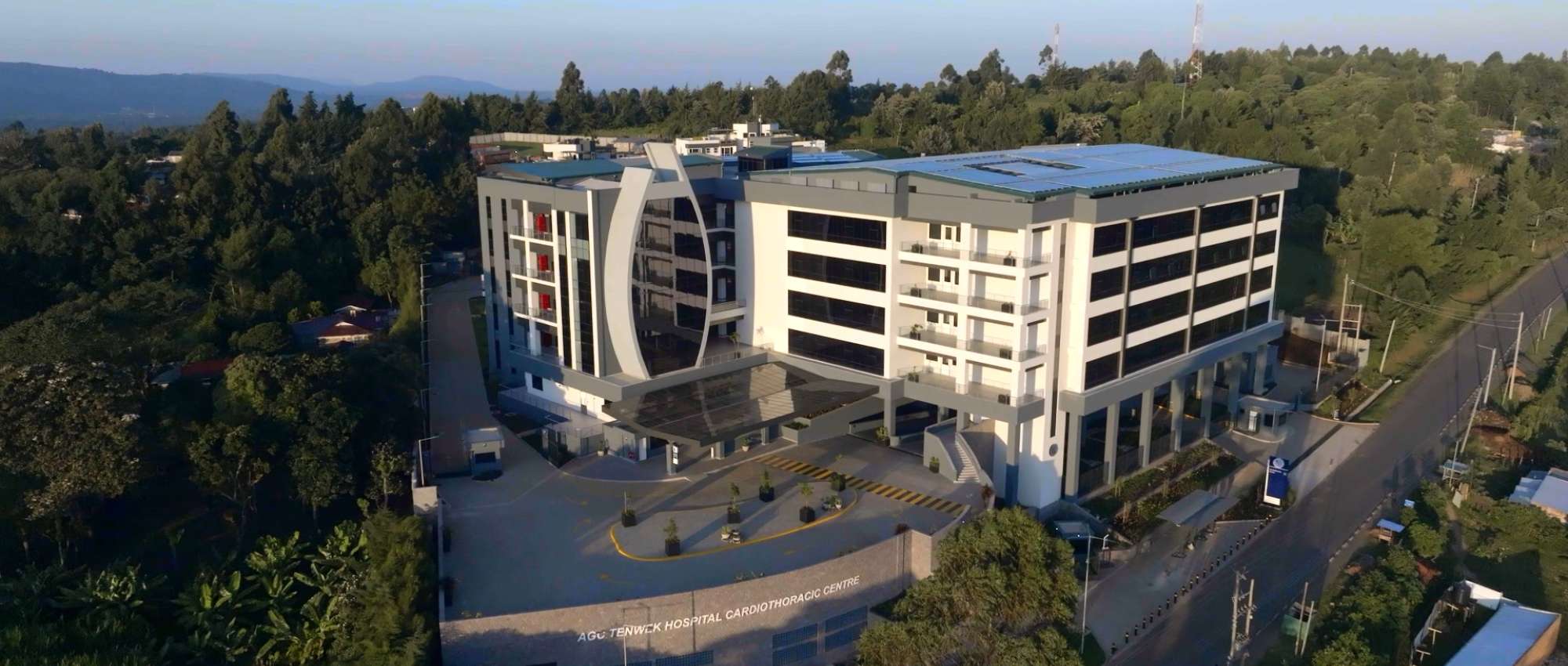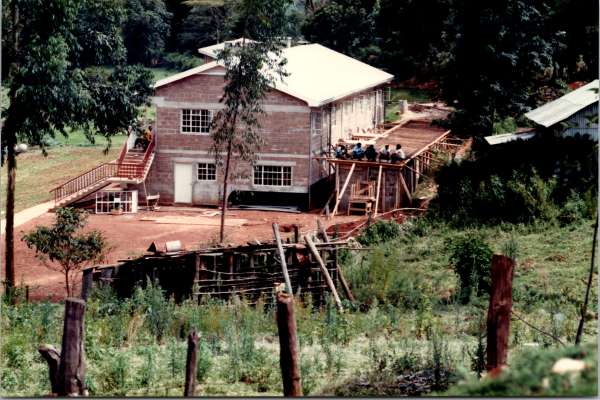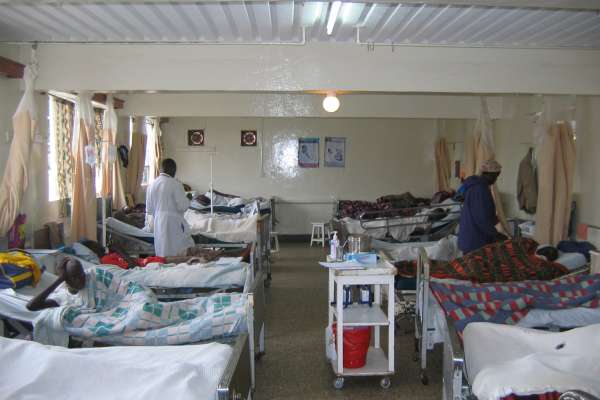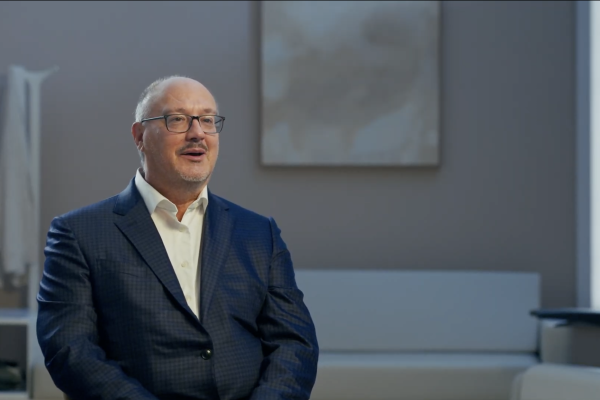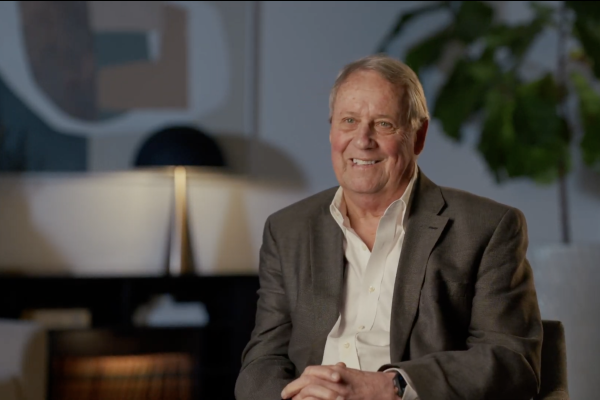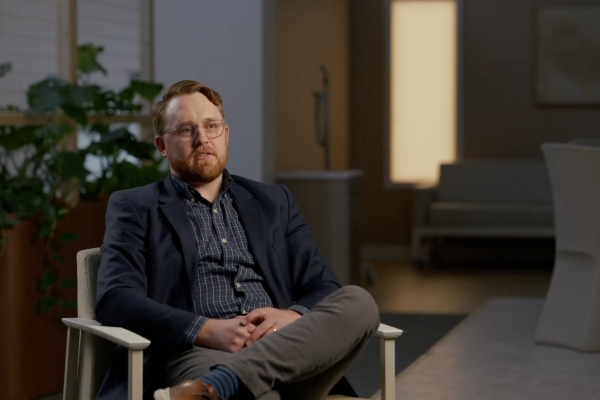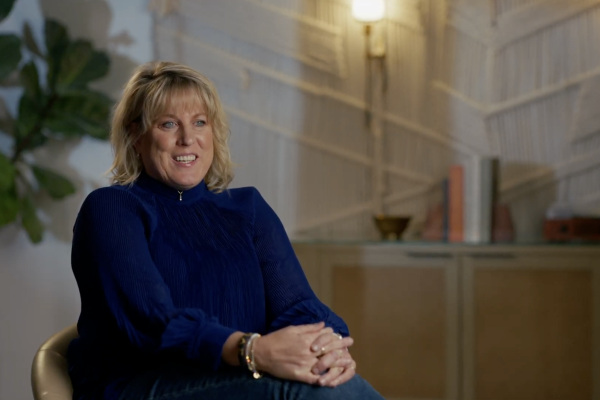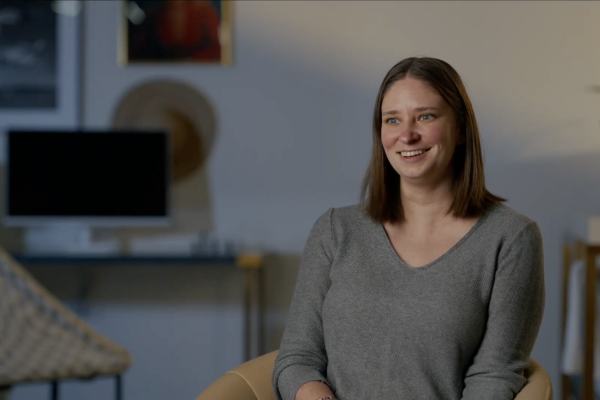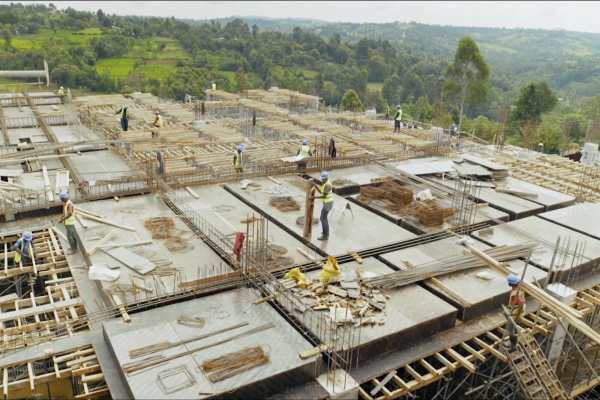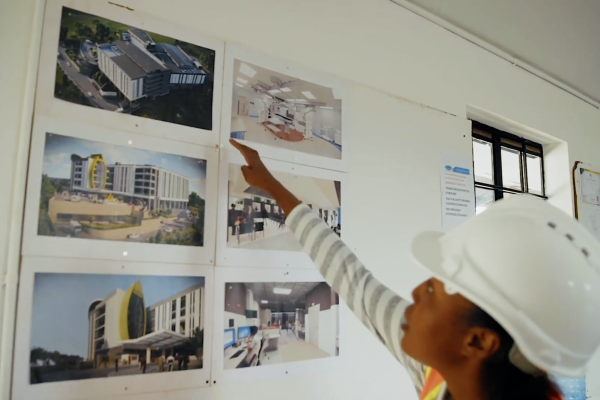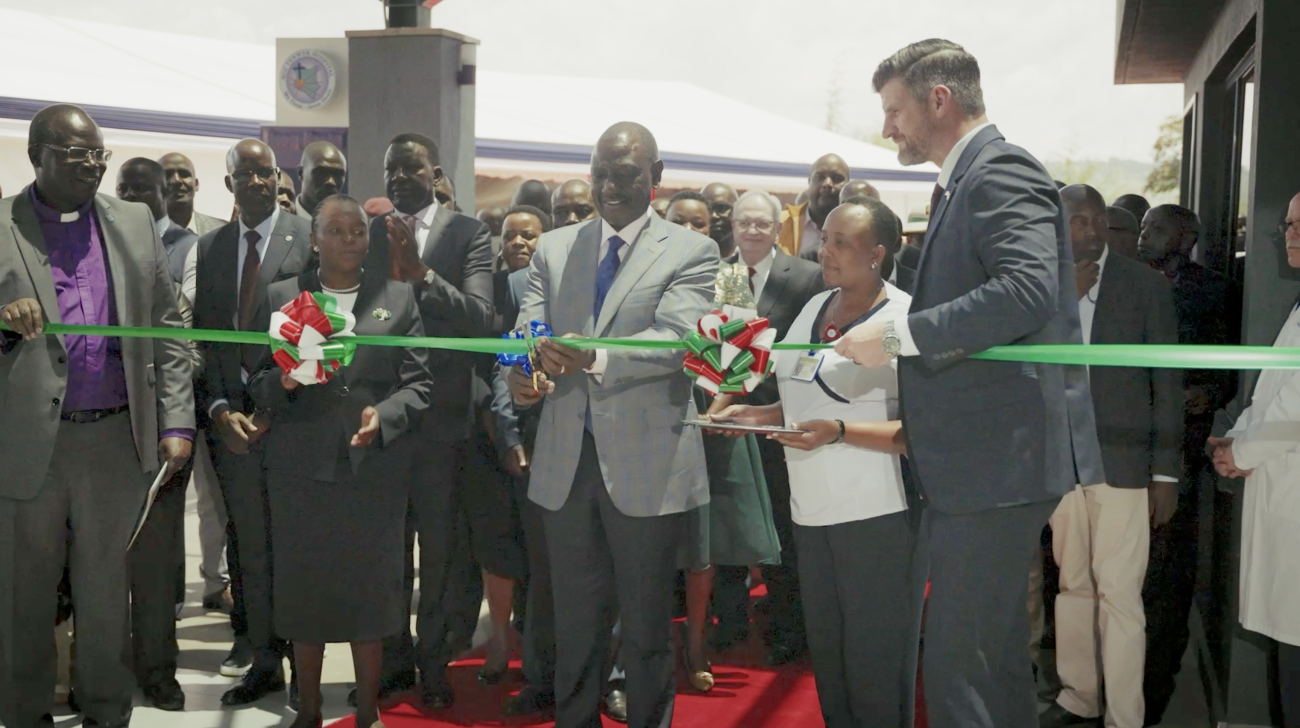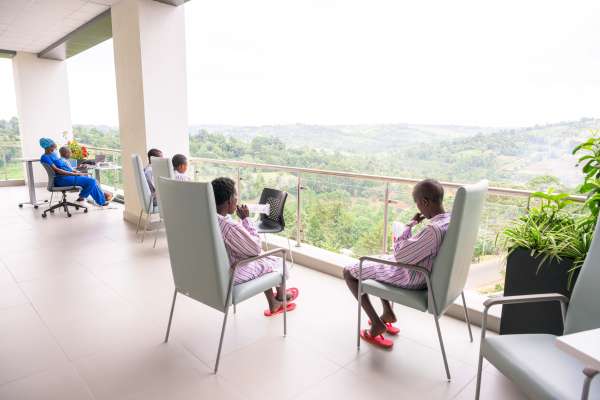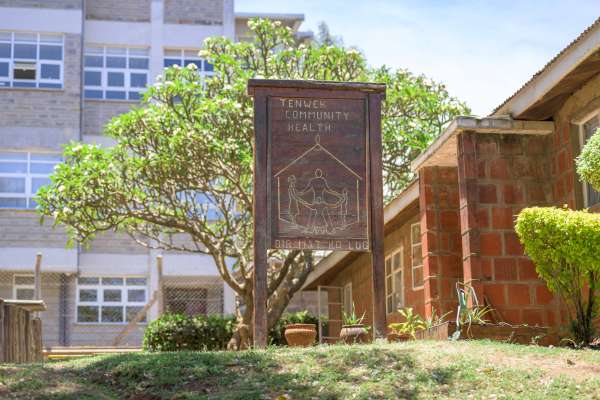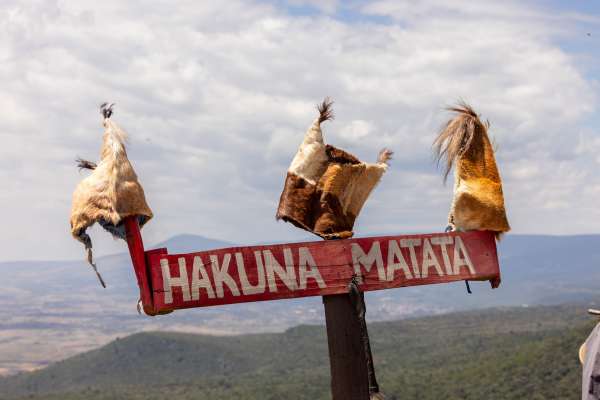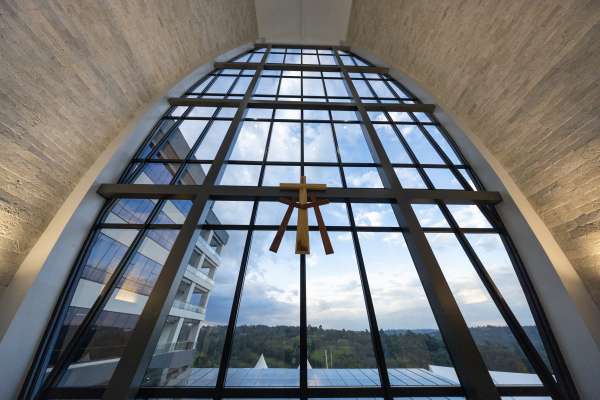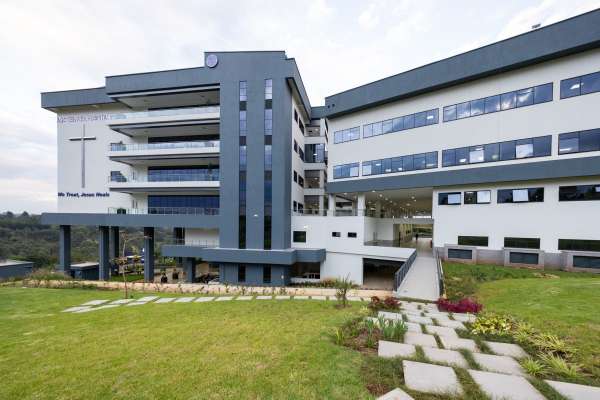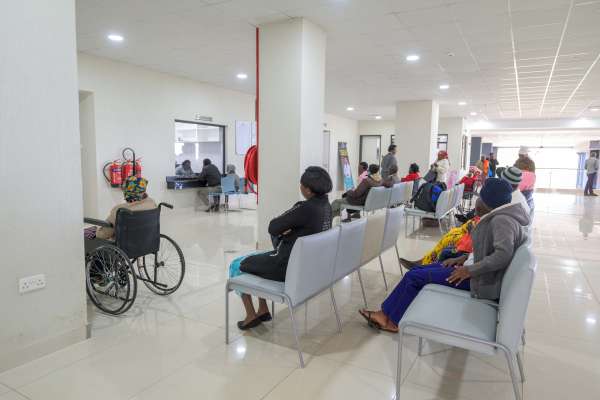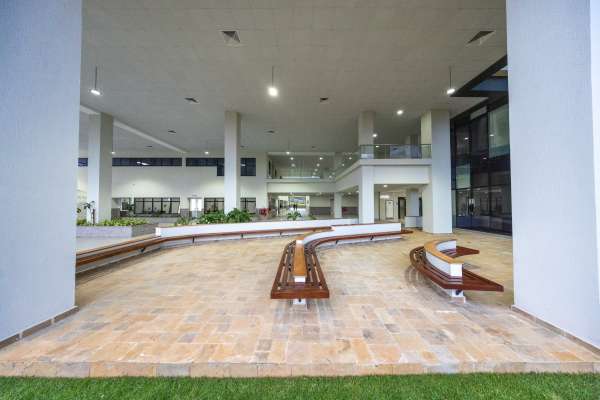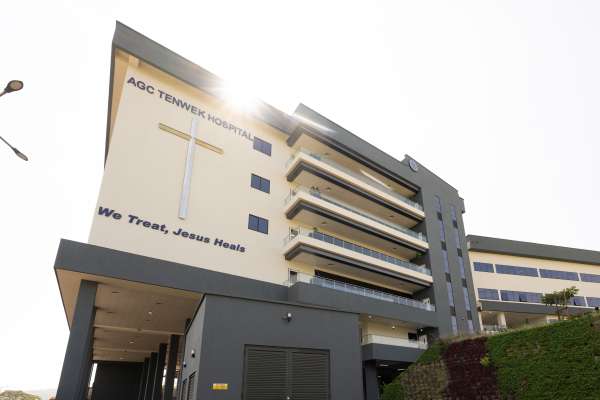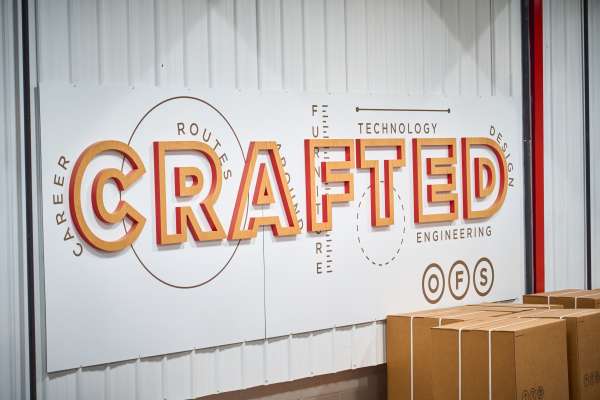In the hills of Bomet, Kenya, a miracle stands.
In the rural highlands of Kenya, some 150 miles northwest of Nairobi, a hospital stands as both sanctuary and symbol. Tenwek Hospital began humbly in the 1930s, founded by a group of American nurses with little more than determination and prayer. By 1959, its first physician, Dr. Ernie Steury, arrived, and what began as a mission outpost slowly transformed into one of the most respected teaching and referral hospitals in East Africa.
Today, Tenwek serves as a critical lifeline to more than 8.5 million people across Kenya and surrounding nations. With an annual average of 220,000 outpatients and 20,000 inpatients, it provides world-class, subspecialized care in everything from pediatrics and neurosurgery to diagnostic radiology and orthopedic surgery. It’s designated at the highest level of Kenya’s healthcare system—Level 6-B—a beacon of hope in the South Rift region.
But for all its progress, one heartbreaking reality remained: children and adults were still dying from rheumatic heart disease, a preventable and treatable illness nearly eradicated in much of the world.
“There are about 40 million people globally with rheumatic heart disease,” said Dr. Russell White, Tenwek’s Chief of Surgery. “Most live in Sub-Saharan Africa. It’s more than the number of people living with HIV/AIDS, and for many, this disease ends in death.”
Dr. Dominic Cefali knew the statistics, but what stayed with him were the faces. After accepting an invitation from a former patient, he began traveling to Tenwek to support the local medical team. He saw patients lose their lives to conditions that were entirely treatable elsewhere, failures not of medicine, but of access. He came home determined to help build something that could change that. And he knew exactly who to call.
What followed was more than a construction project; it began a movement. A partnership rooted in purpose. A design shaped by compassion. A hospital built with heart.
A second chance, a greater purpose
Years earlier, Dr. Dominic Cefali, a heart surgeon based in Evansville, Indiana, found himself racing to save the life of a patient who would leave a lasting imprint on his own: Hank Menke, President and CEO of OFS. Hank had just suffered a massive heart attack, one that could have ended his life.
“It was one of those moments where everything slows down,” Dr. Cefali recalled. “His heart was failing. He could’ve died that day. But the Lord made a way.”
Emergency surgery, skilled hands, and a lot of prayer saved Hank’s life. But what happened in that operating room did more than restore a heartbeat; it reignited Hank’s sense of purpose.
“I remember waking up and realizing how close I had come to dying,” Hank said. “And I kept asking myself, why am I still here?”
That question lingered, when Dr. Cefali approached him with an idea: to help build a cardiothoracic hospital in rural Kenya, a place where lives like his could be saved, where heart disease wouldn’t mean a death sentence.
From sketches to substance: A vision takes shape
As plans for the cardiothoracic center took form under the leadership of Wichita-based HFG Architecture, led by CEO David Wright and architect Connor Crist, attention turned from concrete and steel to something equally critical: the interiors. The human touch. Crist said he learned about the project through Engineering Ministries International after working with them in college. He presented the project to his colleagues at HFG.
“We knew the building would be strong,” said Crist. “But what about the spaces where patients would heal, where families would wait, where doctors would do their life-saving work?”
That’s when Hank called in his team from OFS, Amy McKeough, Director of Development and Strategic Projects, and Ashley Silkwood, Design Services Manager.
“Normally, we might donate a part of a project or one type of seating”, said Ashley. “But Hank took one look and said, ‘That looks good. Let’s do it - No hesitation. That was the moment OFS became part of this story.”
With that, OFS committed to fully furnishing the 295,000-square-foot hospital, six operating rooms, 125 patient beds, and all the spaces in between. Carolina, a healthcare brand of OFS, played a key role in ensuring the solutions were tailored to meet the unique demands of care and comfort.
Furniture that does more than fill a room
What OFS provided wasn’t just furniture, it was belief, made tangible.
“When we toured the space,” Ashley shared, “we saw how deeply the spiritual mission of Tenwek was woven into every detail. Even the surgical areas had stained-glass windows. You don’t just see the faith here, you feel it.”
She remembers meeting a young physician, one who had grown up in the Tenwek program and was now performing surgeries in this very facility.
“She told us how this new space gave her confidence,” Ashley said. “She saw it as a sign that her work, her calling, mattered. That she could save lives right here, in her home country.”
More than medicine: A movement in the making
What began as a vision to bring life-saving care to rural Kenya has grown into something far greater. The Tenwek Cardiothoracic Center is not simply a hospital. It is a place where purpose is passed down, where healing is inseparable from hope, and where the future of African heart care is being shaped one life, one lesson, one surgery at a time.
“We’re raising up leaders,” said Dr. Russell White, Tenwek’s Chief of Surgery. “Doctors who will treat not just thousands, but tens of thousands of patients in the years ahead. That’s how you change a continent.”
For David Wright, CEO of HFG Architecture, the significance of the work was clear from the start. The project wasn’t about blueprints or budgets. It was about legacy.
“This was never just about walls and ceilings,” Wright said. “It was about solving a public health crisis. OFS helped turn that vision into reality.”
As construction moved forward, the energy around the project deepened. It became a beacon, drawing together architects, doctors, donors, and designers across continents, united by a shared belief: that a hospital rooted in faith and built with compassion could transform the trajectory of cardiac care for generations to come.
A dedication marked by grace
By October 2024, that belief stood as a 295,000-square-foot reality. Leaders and community members gathered to dedicate the new center in Bomet, Kenya. President William Ruto stood beside Franklin Graham, CEO of Samaritan’s Purse, the organization whose commitment and calling helped breathe life into Tenwek’s most ambitious chapter yet.
Inside the atrium, the mood shifted from celebration to stillness as Dr. Russ White, seated quietly at the piano, began to play “Amazing Grace.” The familiar notes floated through the space, filling it with reverence.
It was more than a ceremony. It was sacred, a recognition that the work wasn’t only about building a hospital, but about honoring something eternal: the dignity of every life that would pass through its doors.
Spaces that carry stories
Today, those stories have already begun. In quiet corners and busy corridors, the Tenwek Cardiothoracic Center hums with purpose. A little girl wakes up for the first time after open-heart surgery. A mother clasps her hands in prayer, eyes closed, sunlight pouring through stained-glass windows. A young surgeon, once a student in Tenwek’s program, scrubs in to lead a procedure that will save a life.
Each room is more than functional. It’s intentional, furnished to comfort, designed to uplift.
“When we walked the halls, we felt it,” said Ashley Silkwood, “there’s a spiritual presence here. It’s in the light, the care, even the furniture. Every detail tells a story.”
That story of resilience, faith, and healing continues every day through the people who make Tenwek what it is.
“Sure, we build furniture,” said Amy McKeough, OFS’ Director of Development and Strategic Projects. “But especially here, what we really hope we’re building is dignity, compassion, and the chance for a better tomorrow.”
In the hills of Bomet, Kenya, something extraordinary now stands, not just a building, but a beacon. The Tenwek Cardiothoracic Center is the result of vision and grit, but also of something deeper: faith that moved mountains, friendships that crossed oceans, and design rooted in dignity.
It’s a place where healing begins long before surgery, where beauty and functionality meet compassion, and where every detail, from the curve of a chair to the flow of light, was crafted to restore the human spirit.
This hospital was built with more than skill. It was built with heart. And because of that, its impact will stretch far beyond its walls for generations to come.
For more information on the Tenwek Cardiothoracic Hospital visit hfgarchitecture.com
